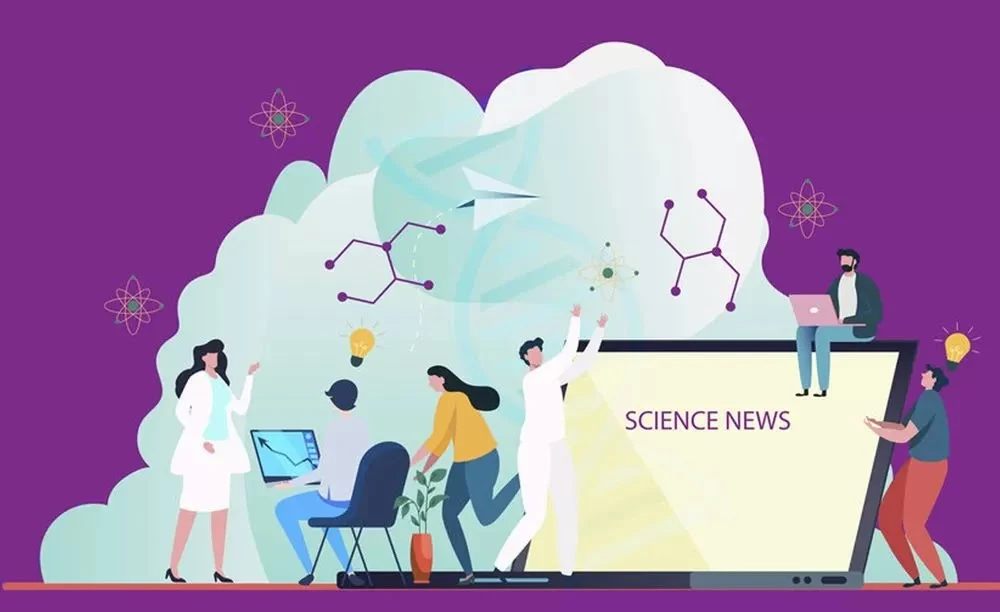Montessori Magic Essential Teaching Tips for Educators
Exploring Montessori Magic:
For educators stepping into the world of Montessori teaching, the journey is both inspiring and rewarding. The Montessori Method offers a unique approach to education, focusing on the individual needs and interests of each child. Let’s delve into some essential teaching tips that can help educators create a magical Montessori classroom experience.
1. Understanding Child Development:
Central to the Montessori Method is the understanding of child development stages. Educators should familiarize themselves with the various stages of physical, cognitive, and emotional development in children. This knowledge forms the foundation for creating age-appropriate learning environments and activities that cater to each child’s developmental needs.
2. Embracing the Prepared Environment:
In a Montessori classroom, the environment plays a crucial role in the learning process. The space should be carefully designed and organized to promote independence, exploration, and discovery. Create distinct areas for different activities, such as practical life, sensorial exploration, language development, and math concepts. Each area should be equipped with materials that are accessible and inviting for children to explore freely.
3. Following the Child’s Lead:
One of the key principles of Montessori teaching is following the child’s interests and pace of learning. Observing each child closely allows educators to identify their interests, strengths, and areas of growth. Tailor lessons and activities based on these observations, allowing children to take the lead in their learning journey.
4. Hands-On Learning Experiences:
Montessori classrooms are filled with hands-on learning materials that engage children’s senses and curiosity. From wooden puzzles to sensorial materials like the pink tower and the binomial cube, these materials provide concrete experiences for abstract concepts. Encourage children to manipulate, explore, and discover through these materials, fostering a deep understanding of concepts.
5. Encouraging Independence and Responsibility:
Montessori teaching aims to cultivate independence and self-reliance in children from a young age. Create opportunities for children to take ownership of their learning environment, such as setting up their workspaces, choosing activities, and tidying up after themselves. This sense of responsibility not only empowers children but also fosters a sense of community within the classroom.
6. Fostering a Love for Learning:
In a Montessori classroom, learning is a joyful and engaging experience. Encourage a love for learning by creating an atmosphere of curiosity and exploration. Introduce children to a variety of subjects, cultures, and experiences through storytelling, music, art, and nature exploration. Spark their imagination and creativity, allowing them to express themselves freely.
7. Cultivating Grace and Courtesy:
Montessori education emphasizes the development of social skills and emotional intelligence alongside academic learning. Teach children the importance of respect, empathy, and kindness through daily interactions and role modeling. Encourage polite greetings, sharing, and conflict resolution strategies to create a harmonious classroom environment.
8. Balancing Structure and Freedom:
While Montessori classrooms offer children freedom of choice and movement, there is also a need for structure and order. Establish daily routines and schedules that provide a sense of predictability and security for children. However, allow flexibility within these routines to accommodate individual interests
















